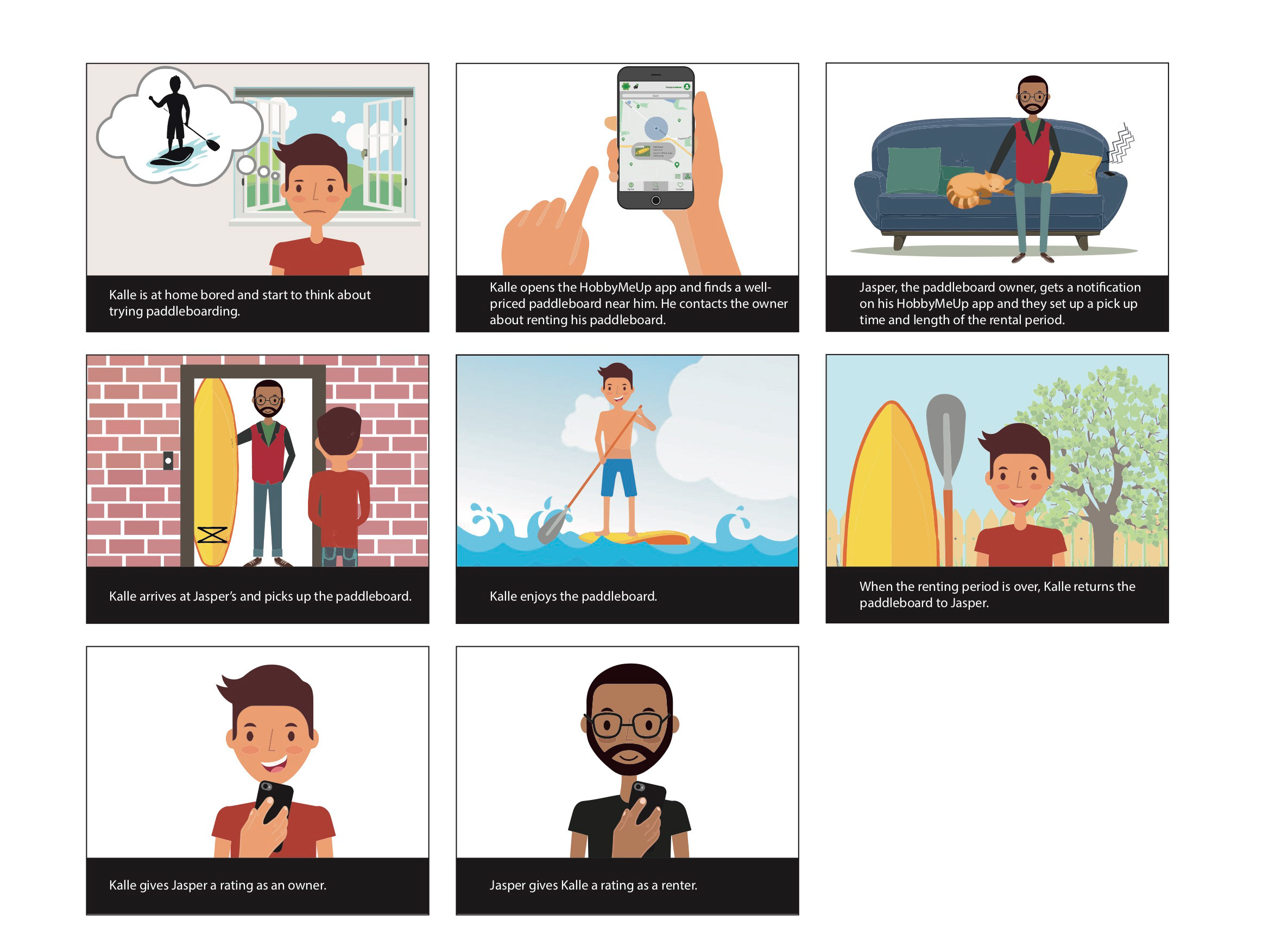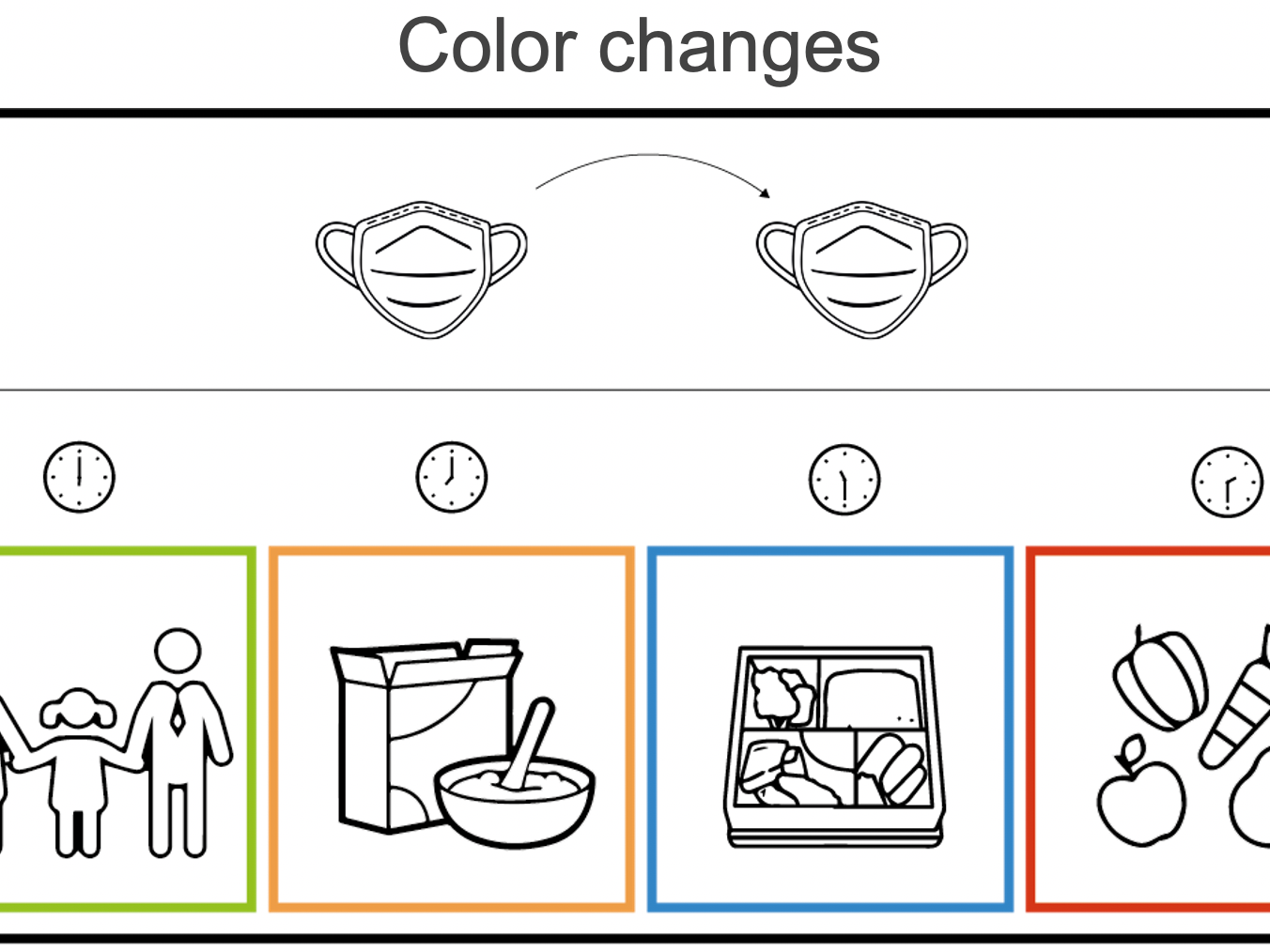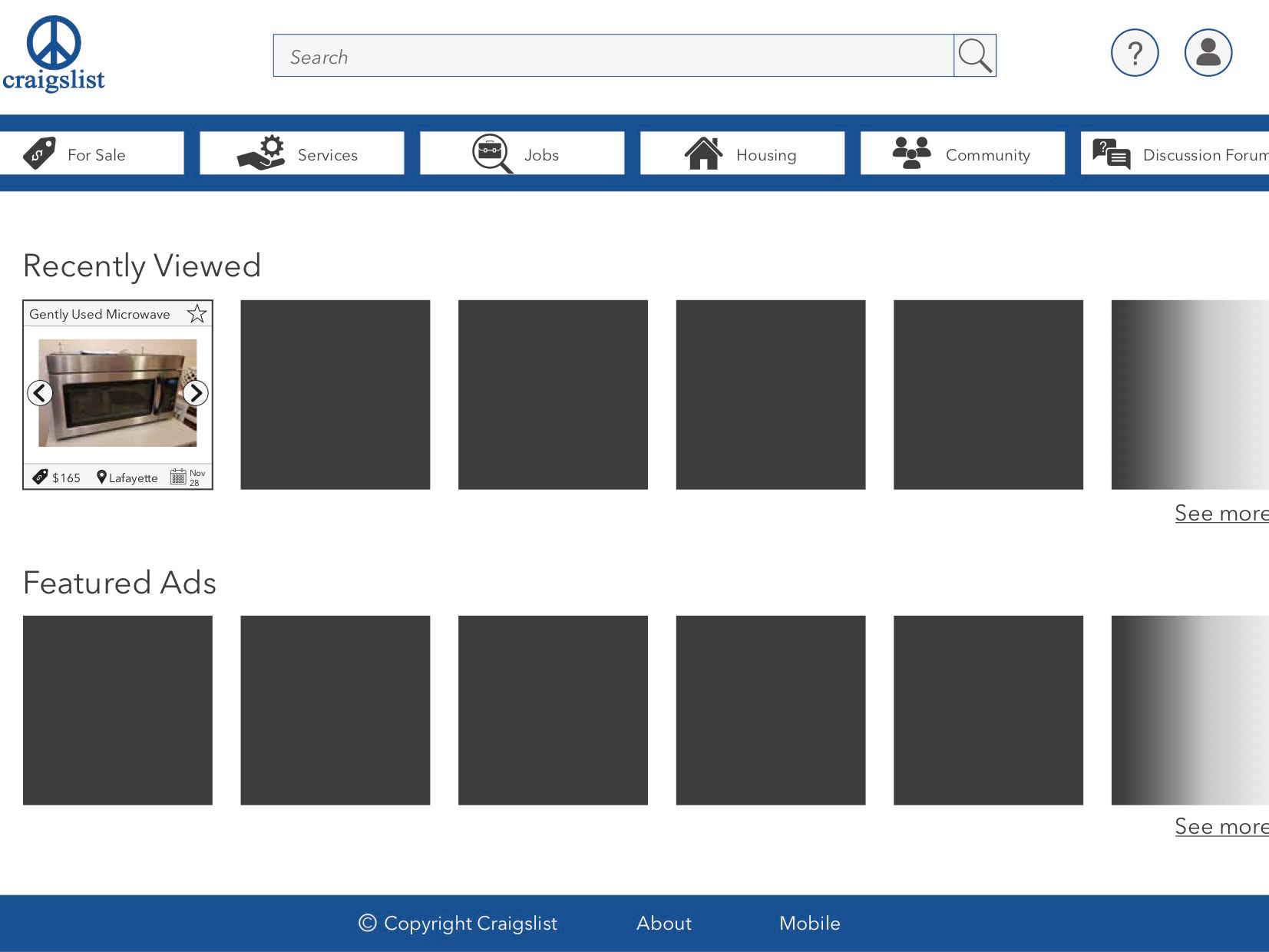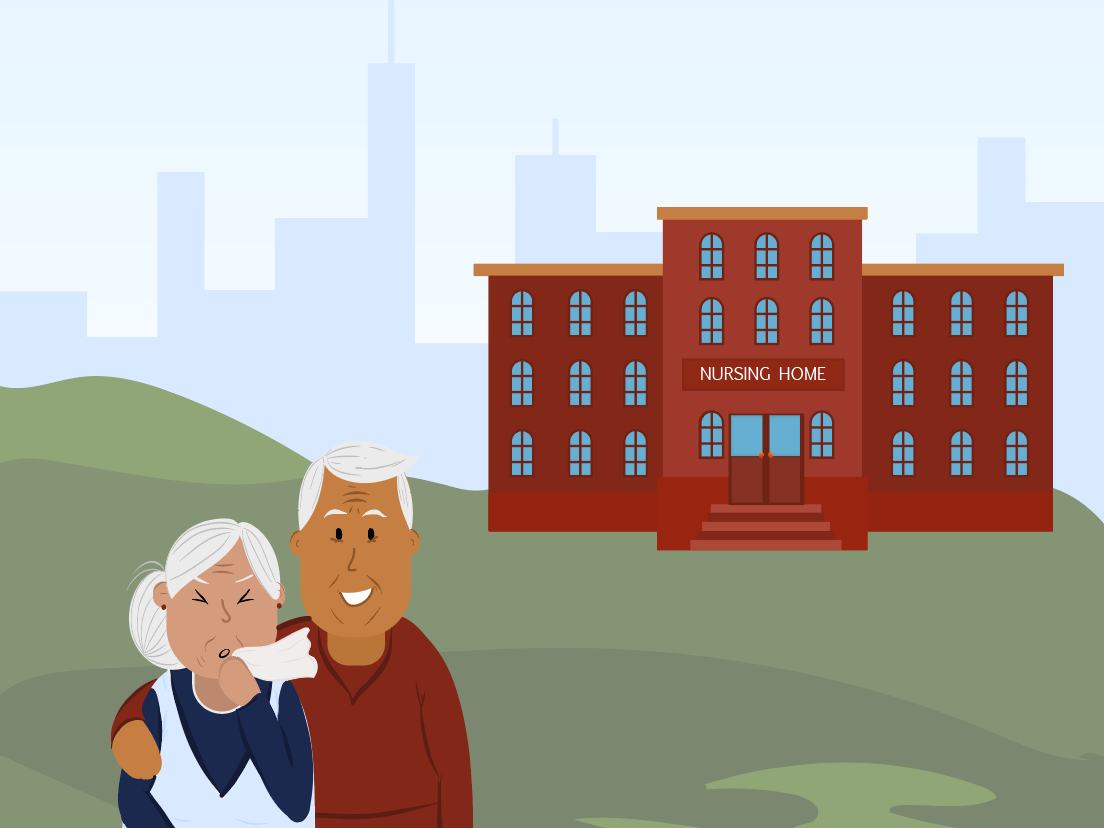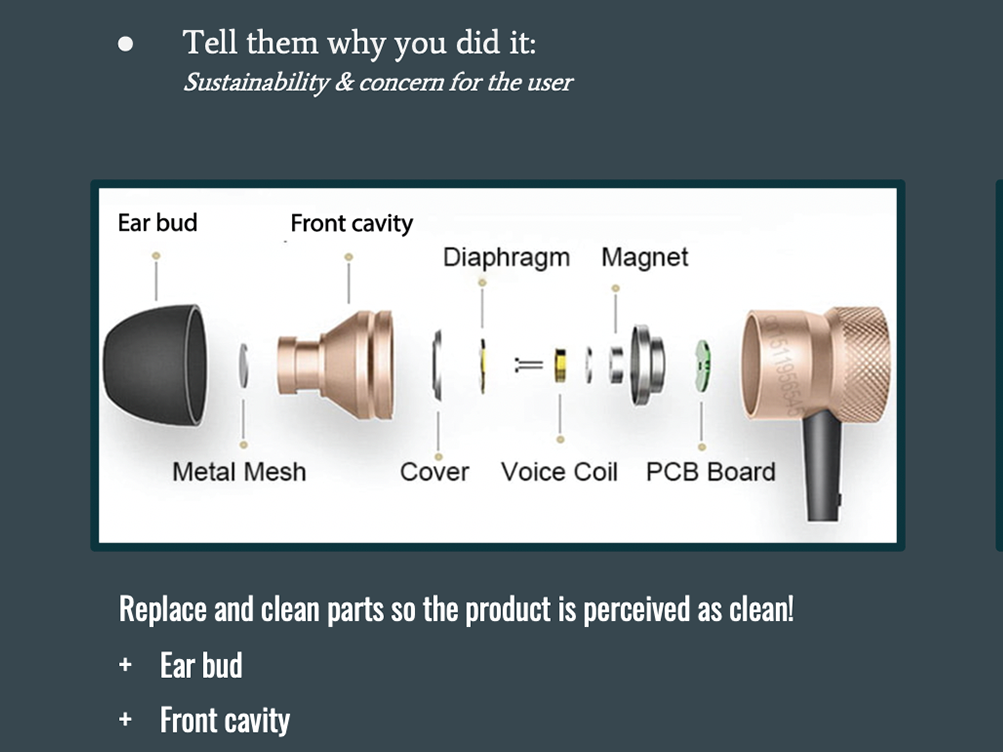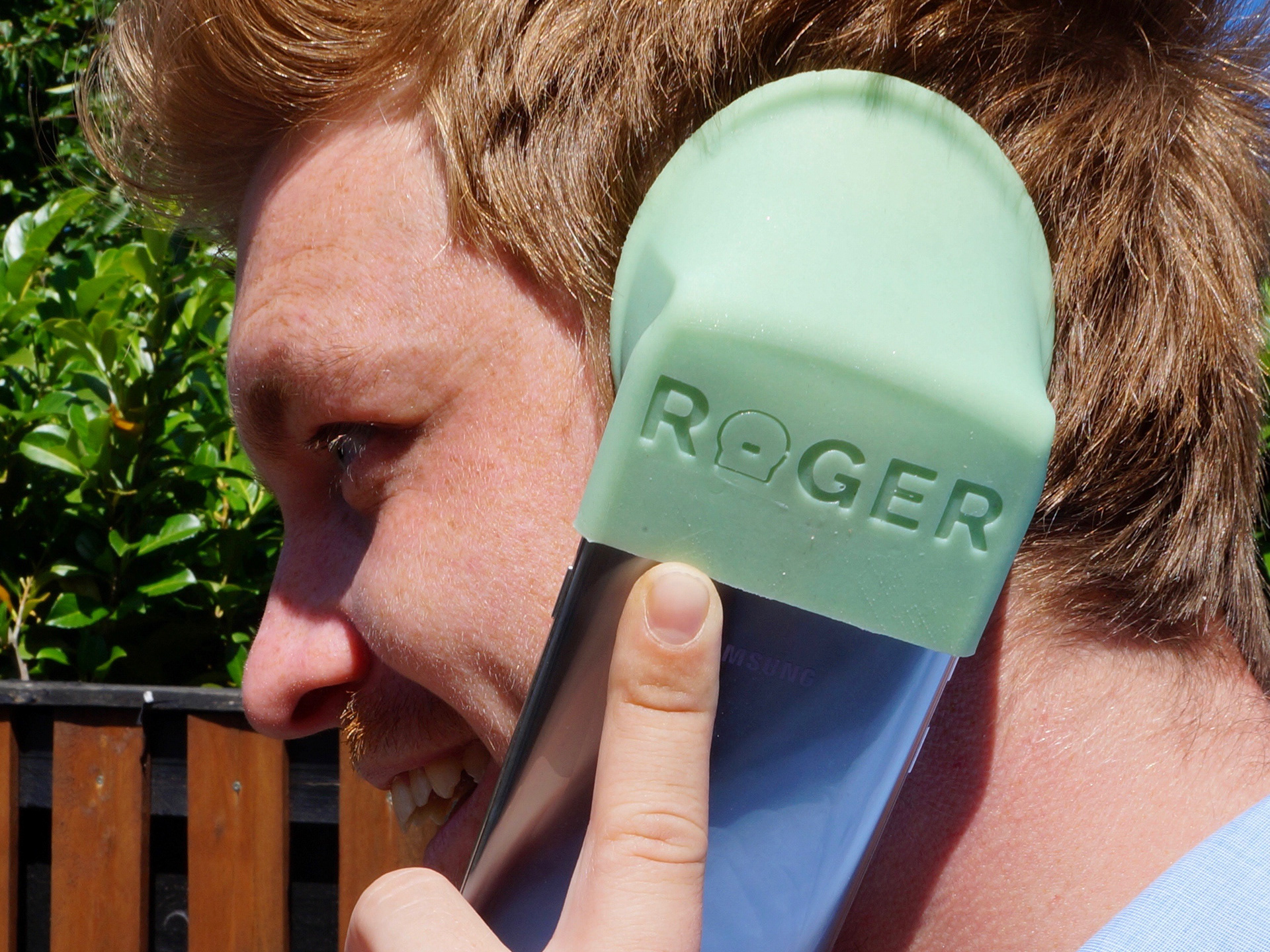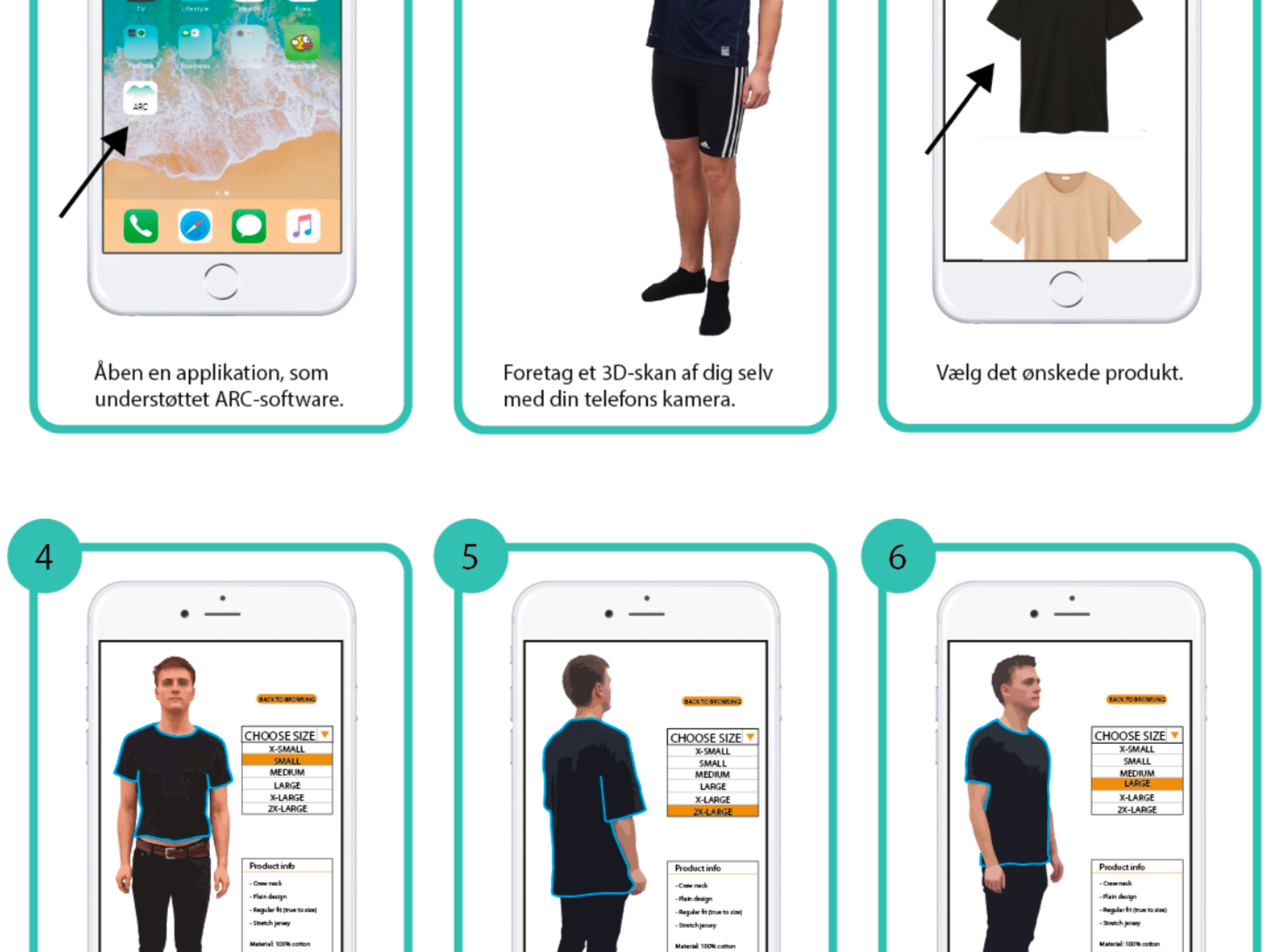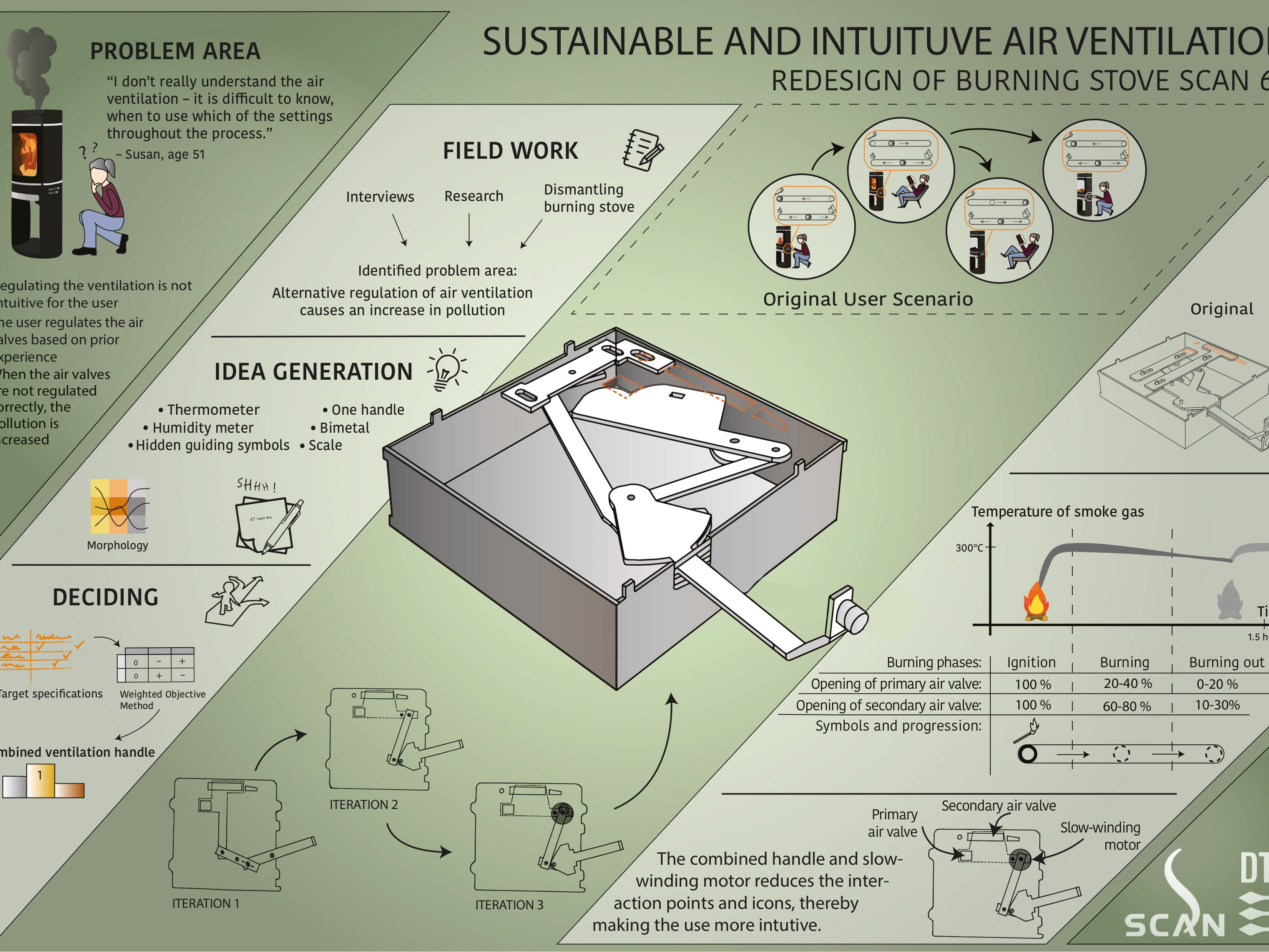This was the project for my Bachelor Thesis in Design and Innovation Engineering at the Technical University of Denmark.
In the project, I explore and map out the processes and flow of patients in an emergency department and built a simulation of this. The simulation was then able to identify current bottlenecks in the system given various strains in different scenarios – such as a sudden drastic increase in patients or understaffing of doctors and nurses. I was also able to use the simulation to test potential set-ups that aimed to aid the identified bottlenecks – for example making changes to the schedules of some of the employees.
The simulation was also developed as a tool that could be used by the emergency department as a much cheaper, easier and quicker way to get an indication of the success of potential solutions or changes to the system, compared to performing preliminary testing or implementing the changes right away. The way that the simulation was developed allows for it to be easily adapted to other emergency departments or even other patient treatment areas within the healthcare industry.
Project Aim and Approach
This project focuses on the emergency department at Hvidovre Hospital and the patient flow in this department. The flow and the underlying processes are mapped through research and field work including observations and interviews. A simulation of the patient flows is built based on these mappings as well as quantitative estimates of the necessary parameters that have been gathered as part of the field work. Through the simulation, the patient flow and the system in the emergency department are explored. Four KPIs are measured: 1) percentage of utilisation of the human resources in the system, 2) the mean wait time per patient before triage, 3) the mean wait time per sub process per patient after triage, and 4) the mean length of stay. These KPIs are measured in four different scenarios: 1) extension of the opening hours for the fasttrack, 2) adjustment in the number of treatment nurses in the system, 3) adjustment in the number of doctors in the system, and 4) adjustment in the patient arrival rate.
Results and Findings
Through these experimental analyses it is found that the patient flow increases when moving the fasttrack opening hours to three hours earlier – here the mean length of stay is reduced by 5 minutes. The analyses also showed that the number of treatment nurses is more vital for increasing the patient flow than the number of doctors. This result is based on measurements of the KPIs, showing that the mean wait time per sub process per patient after triage is reduced by 66% by adding an extra treatment nurse to the system, but it remains the same when adding an extra doctor to the system. Furthermore, it is found that in the case of increasing the arrival rate for patients, the highest increase in stress in the system appears in the triage, which creates a bottleneck. By adding an extra triage nurse to the system, the mean wait time for triage is reduced by 80%.
Further Purpose of Simulation
The forward purpose of the simulation is as a tool for further research and investigation. Here, the simulation can be used to explore the current system and patient flow allowing researchers to obtain an intimate understanding of the processes and the flow for the purpose of optimising the processes in the emergency department. Furthermore, researchers can use the simulation to test possible solutions and concepts for these optimisations. Additionally, the simulation can allow the emergency department at Hvidovre Hospital to gain new insight in potential bottlenecks and get a different and better understanding of their workplace as a system.
2D showing of simulation
3D showing of simulation

